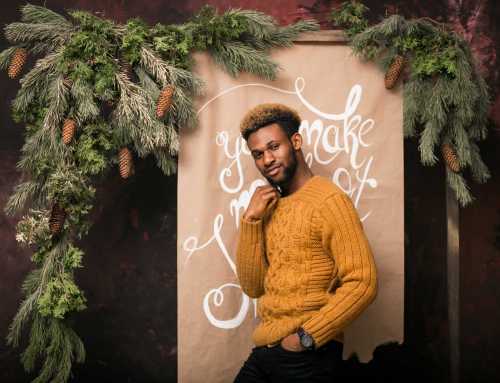Advancements in hair transplant techniques and technology have let patients access different hair restoration treatments, leaving many men and women suffering from baldness (or alopecia) asking themselves: Which one should I choose? Primarily, there are three hair transplant methods for extracting hair follicles: FUT, FUE, and DHI. We will break down how each one of them works and the main differences between them.
FUT – Follicular Unit Transplantation
This hair restoration technique is the most out-of-date one in the market. It involves the removal of a strip of scalp from the back of the head (aka the “donor area”). Since it requires cutting skin, muscles, nerves, and blood vessels, this technique often results in a painful experience that requires a longer healing time than other methods. FUE was a revolutionary technique when it was first developed. Still, as time went by, many specialists discontinued its usage due to the many disadvantages it represents, like leaving patients with a big, unflattering scar in the back of the head.
FUE – Follicular Unit Extraction
One of the most popular hair transplant techniques used around the world, where grafts are extracted and implanted one at a time, and no strip of skin is removed. In this method, the implantation area is prepared by creating cuts and slits to store the donor grafts, which can cause swelling, bleeding, and in some cases, unnatural looking hair as a result. The FUE technique was developed as a means to achieve the same results of FUT, eliminating that method’s main disadvantages.
DHI – Direct Hair Implantation
An evolution of the FUE technique and recognized as the most advanced solution for hair loss: With the DHI method, hair grafts are manually extracted one by one, using a specially designed disposable tool that minimizes scalp trauma. Also, this tool allows surgeons to have total control over the angle, dimension, and depth of hair during implantation, ensuring natural-looking and high-density results with no scars. Since the DHI technique uses disposable needles and punches for each session, patients can feel completely safe during the procedure. The DHI method is minimally invasive, which lessens discomfort and increases the success rate of the implanted hair follicles. Normal activities can be resumed in just a few days after the procedure, and results become noticeable over the next few months as the cycle of hair growth begins.
As proven through thousands of happy patients around the world, the DHI technique offers a wide range of advantages compared to older hair transplantation methods. That’s why the majority of people suffering from baldness (or alopecia) prefer it as the best way to get back their hair.
At the end of the day, the choice is yours. A hair loss specialist can help you with your decision, based on your hair loss classification, the quality and quantity of your available donor area, and the size of the thinning area. Want to get a professional diagnosis? Schedule a FREE consultation today!








